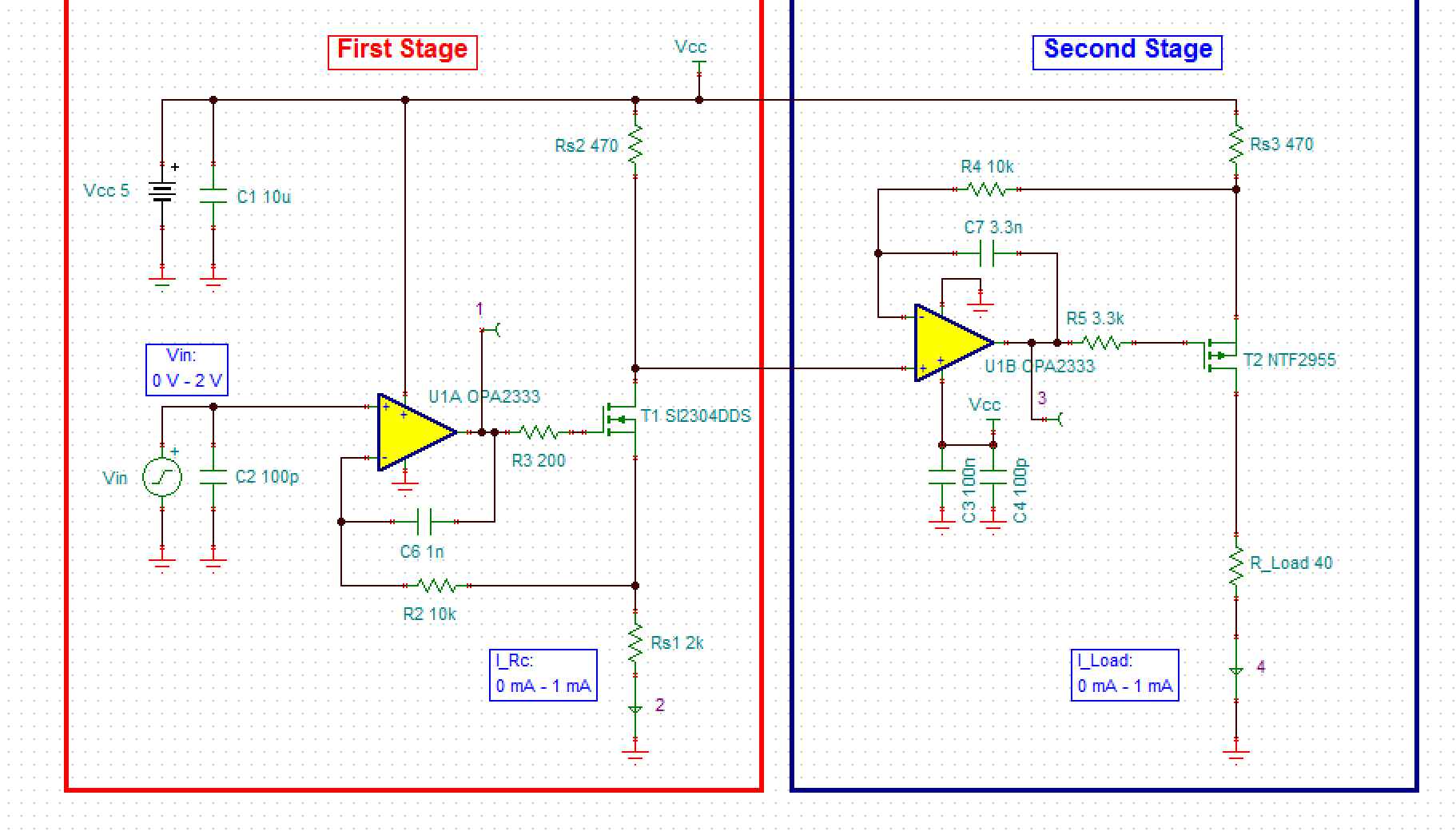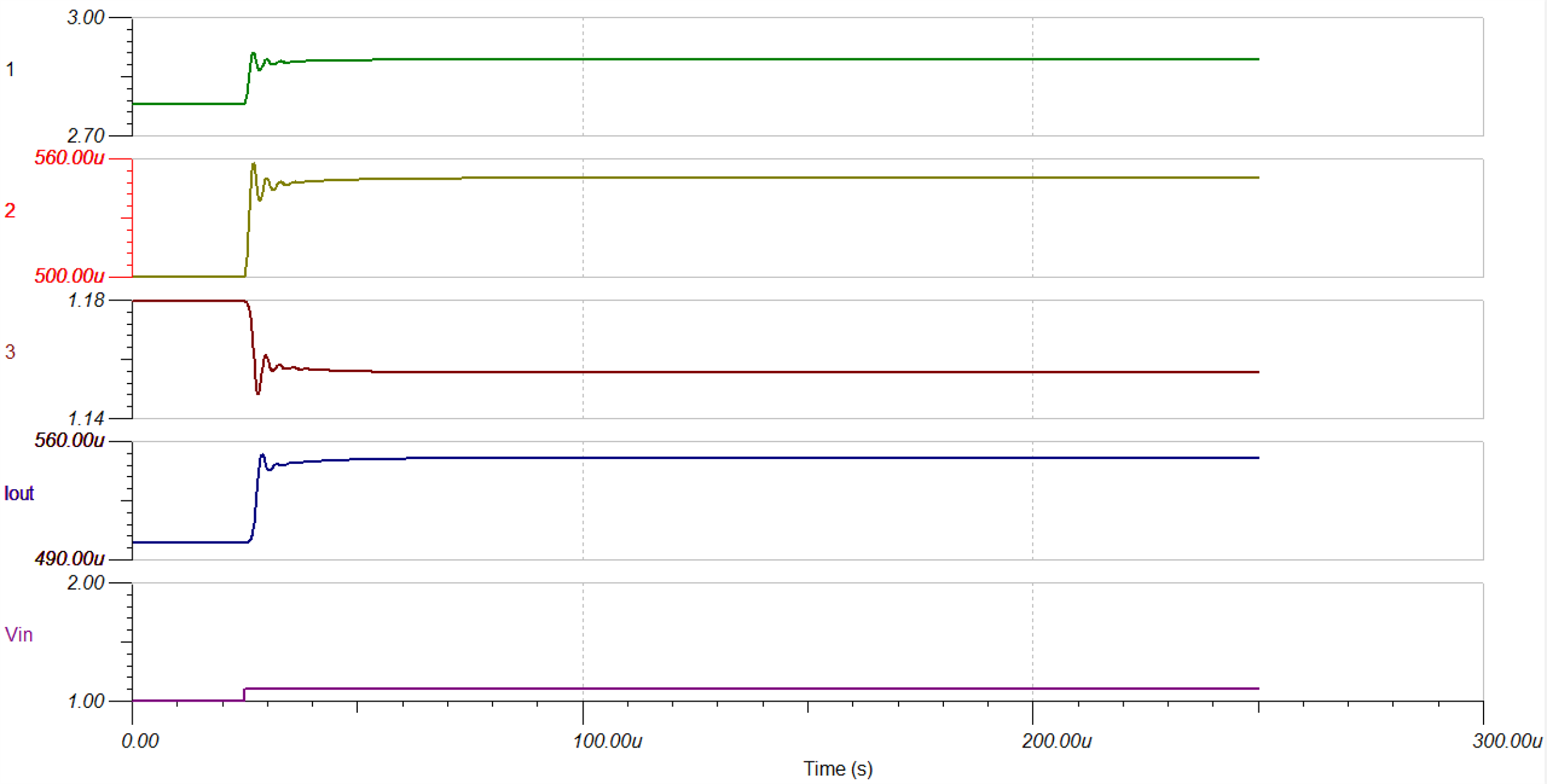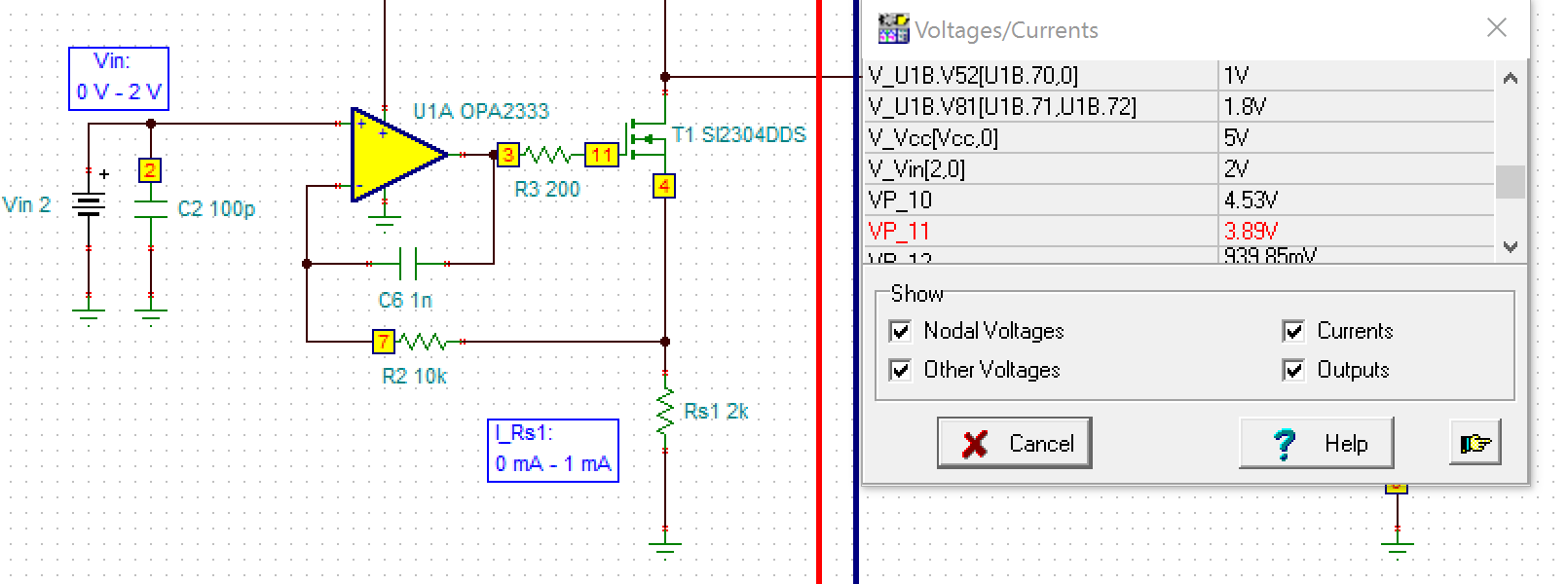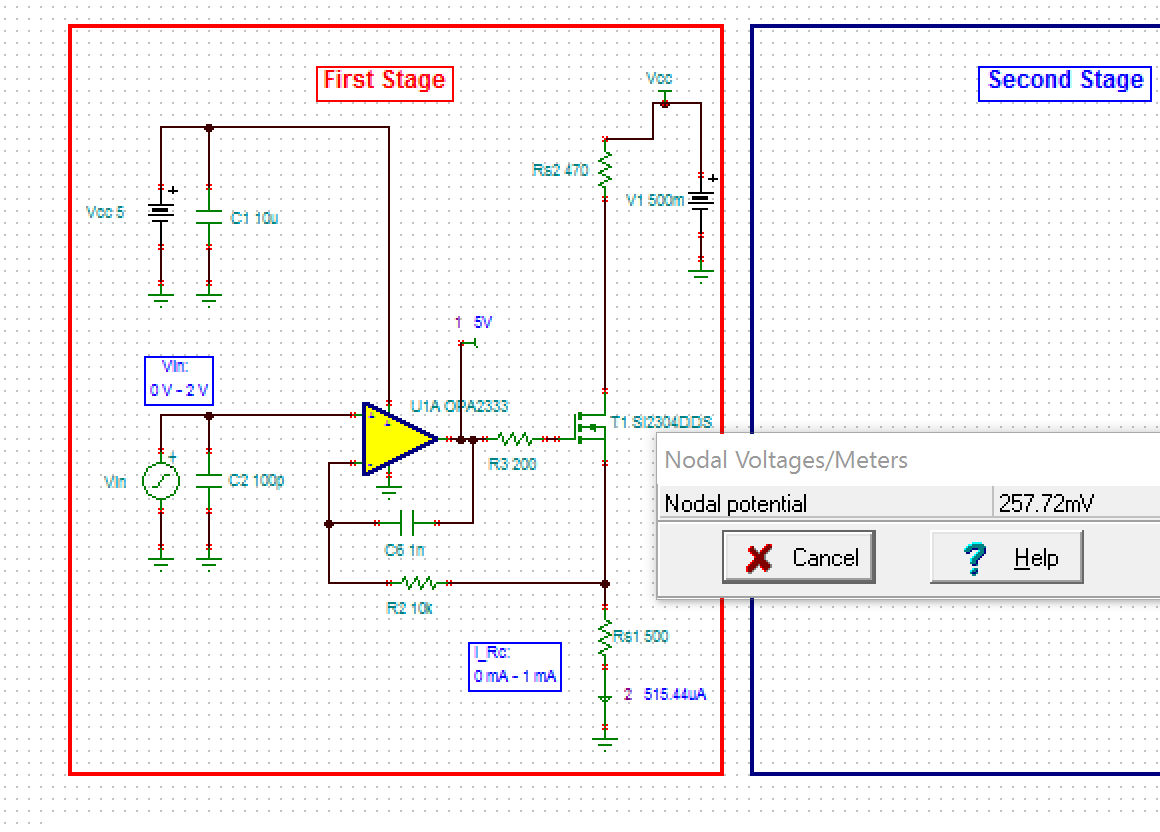Hi Everyone,
I am looking for a DAC with current output. The current range i am looking for is from 10uA to 1mA.
I found some TI parts that can generate from 0 to 20mA.
Is there anything i can do to the chip to convert to the desired range?
Also, I have a DAC9881 on the board, I could potentially used this generate to generate a range of voltage, however i just need to convert this into current.
Is there something i can use to convert the DAC output to current,(For my range)
Thanks a lot.
Eddy









